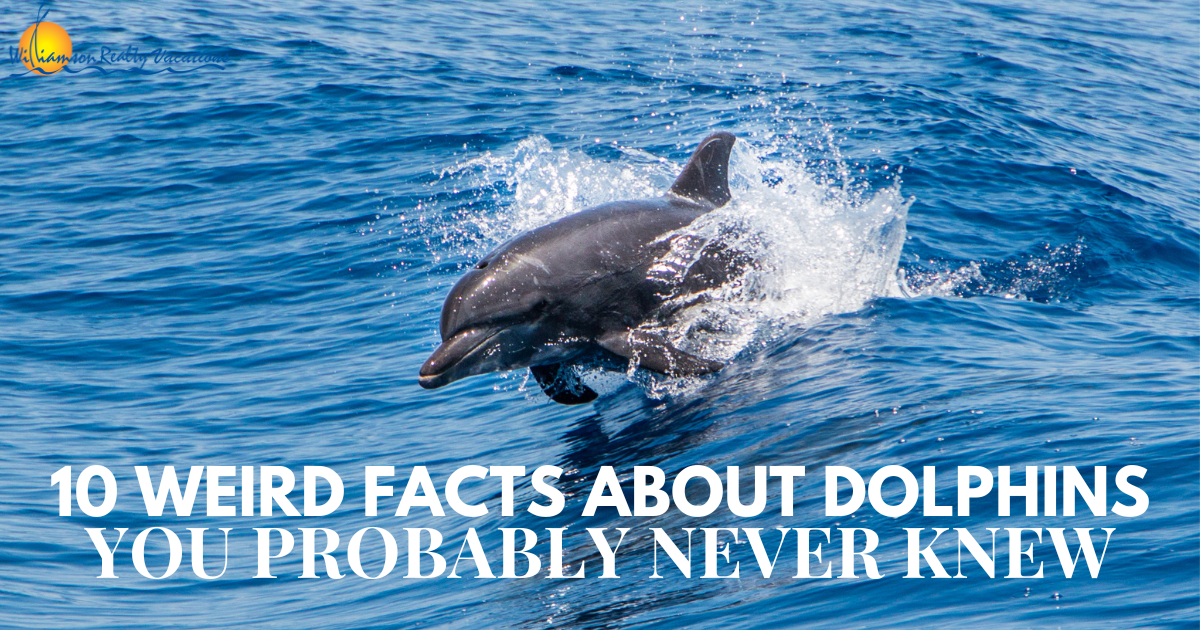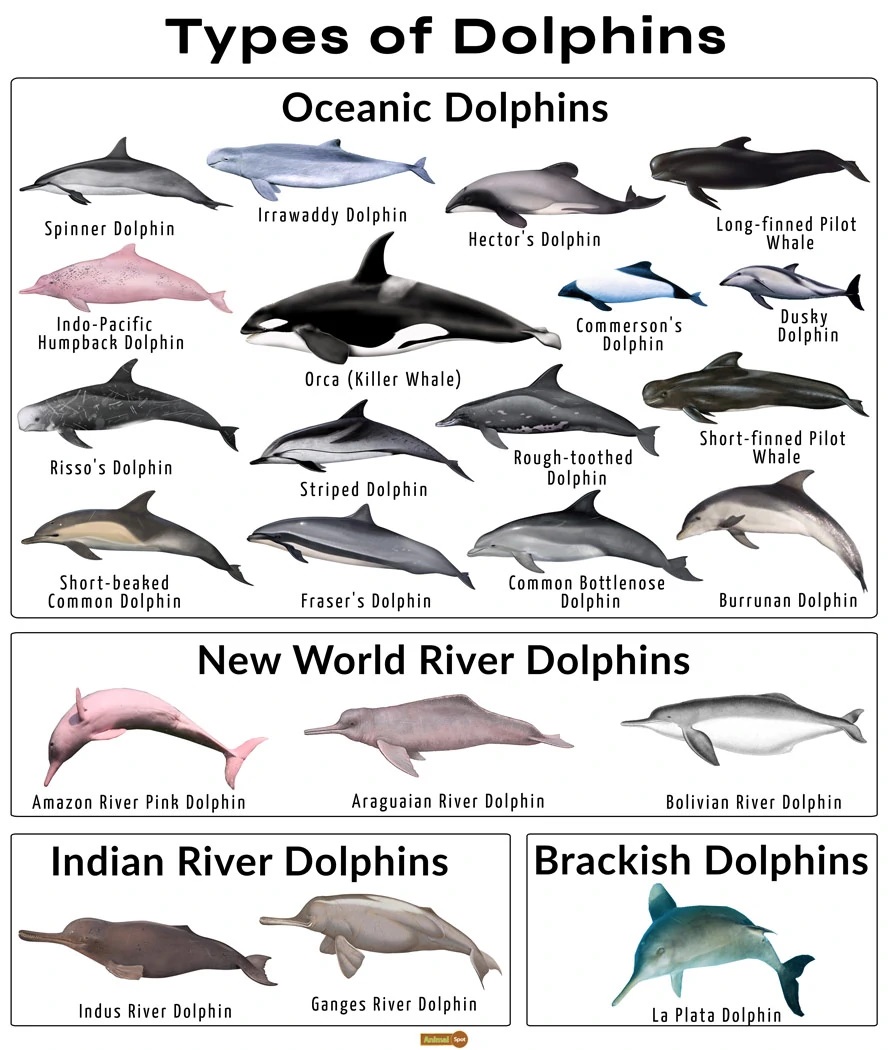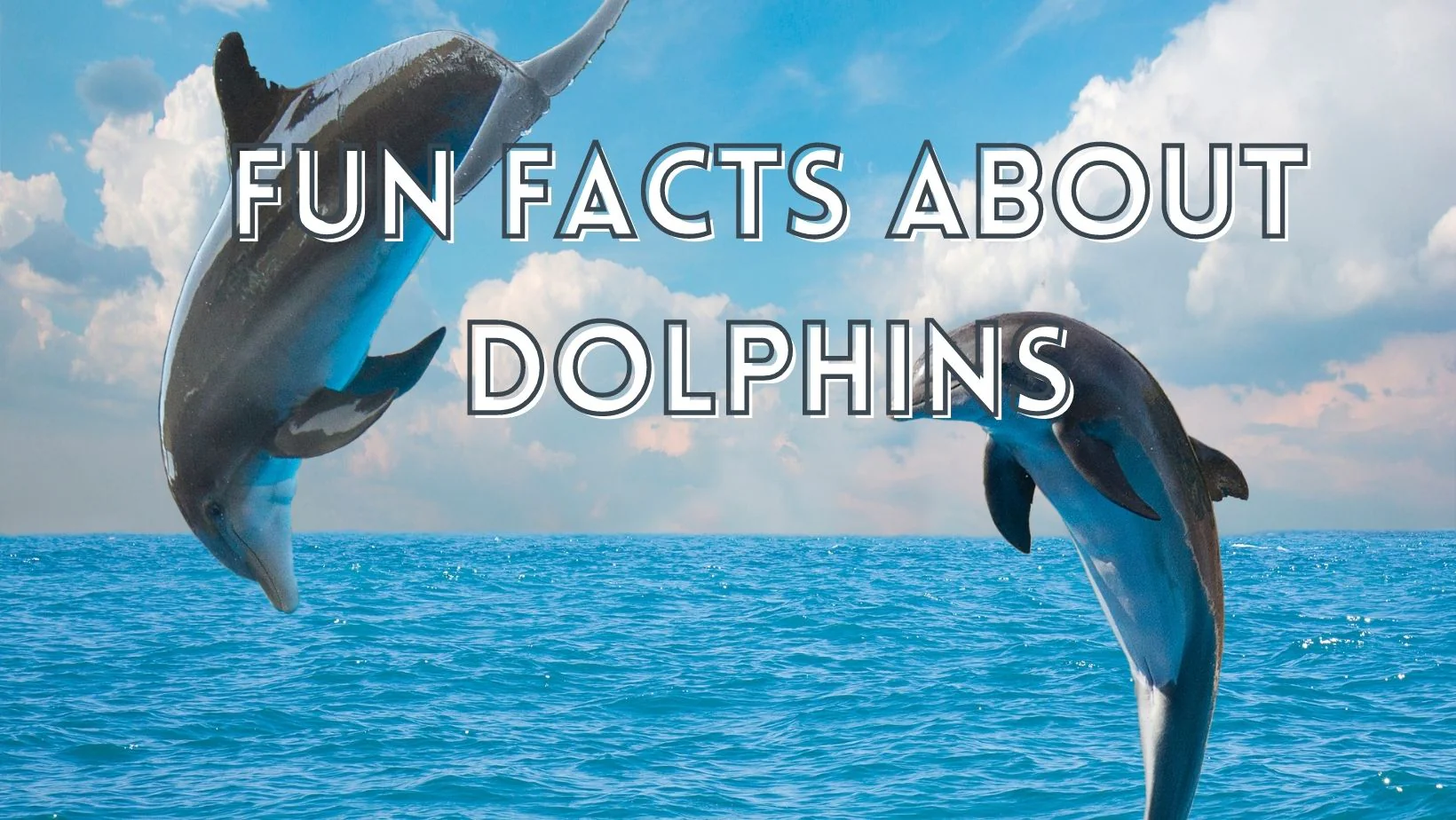How Dolphin Facts Showcase Their Importance to Marine Biodiversity
How Dolphin Facts Showcase Their Importance to Marine Biodiversity
Blog Article
Explore the World of Dolphins: Unexpected Facts Concerning These Spirited Creatures
Dolphins, typically well known for their spirited disposition and social frameworks, exhibit a variety of unexpected actions that extend much beyond plain entertainment. As we explore the complexities of dolphin life, one have to take into consideration the effects of these hazards and the actions needed to guarantee their survival.
Social Structures of Dolphins
Although dolphins are typically viewed as singular animals, they actually show complicated social frameworks that play an important duty in their habits and survival. These frameworks are defined by the development of teams known as pods, which might consist of a few people to a number of loads, depending upon the species and ecological problems. Capsules offer numerous features, consisting of foraging, social interaction, and protection versus killers.
Dolphins present a variety of social habits, consisting of cooperative hunting and nurturing of young. Within shells, individuals usually form strong bonds, and connections can expand past instant household connections. These social connections are essential for the exchange of knowledge and skills, particularly in hunting methods and navigating.
In addition, the social characteristics within hulls can be influenced by factors such as age, sex, and reproductive condition, causing a hierarchy that dictates interactions. Research shows that these social structures boost the general health and fitness of dolphins, increasing their chances of survival in a varied array of marine atmospheres. Hence, understanding the social frameworks of dolphins provides useful understandings right into their eco-friendly functions and preservation demands, highlighting the importance of preserving their all-natural habitats.
Interaction Skills and Strategies
Dolphins are renowned for their sophisticated communication abilities, which play a pivotal role in their social interactions and sychronisation within pods. These marine mammals utilize an intricate system of vocalizations, body language, and echolocation to convey info and develop social bonds. Their singing repertoire includes clicks, whistles, and other audios that serve different features, from indicating visibility to working with team movements throughout hunting.
One of one of the most fascinating elements of dolphin interaction is the use of signature whistles. Each dolphin establishes a distinct signature whistle, which functions likewise to a name, permitting people to identify and call each other. This personalized interaction boosts social communication and promotes cooperation amongst capsule participants.
In addition to vocalizations, dolphins participate in non-verbal interaction with body movements, such as leaping, surfacing, and posturing. These behaviors can express emotions, objectives, and also playful communications. Echolocation, another important technique, permits dolphins to browse their setting and situate target, more highlighting their reliance on communication for survival.

Knowledge and Problem-Solving Abilities
Frequently considered as one of one of the most smart varieties in the pet kingdom, dolphins show remarkable analytical capabilities that highlight their cognitive expertise. Study has actually constantly revealed that these aquatic mammals possess sophisticated cognitive abilities, enabling them to navigate complicated ecological obstacles and social communications.
Dolphins show the capacity to discover from experience and adjust their actions appropriately. They can involve in device use, such as using marine sponges to protect their rostrums while foraging on the ocean flooring. This ingenious behavior reflects an understanding of reason and impact, a characteristic of high knowledge.
In addition, dolphins succeed in cooperative analytic situations. In numerous research studies, they have showcased their ability to function together to achieve common objectives, such as fetching food or helping damaged companions. Their ability to communicate properly throughout these jobs additionally highlights their sophisticated social structures.

One-of-a-kind Hunting Methods
Using a variety of special hunting techniques, dolphins have actually adjusted their techniques to take full advantage of performance and success in recording prey. One of one of the most noteworthy approaches is referred to as "bubble net feeding." In this strategy, a group of dolphins produces a round curtain of bubbles to confine fish right into a tight sphere, making it simpler for them to catch their meal. This cooperative behavior showcases their intelligence and social structure.
One more effective method is "hair feeding," where dolphins chase fish onto mudflats or sandy coasts, permitting them to seize their prey in superficial water. This technique calls for precise timing and synergy, highlighting their see capability to coordinate and interact with one an additional.
Dolphins likewise show "kerplunk feeding," where they use a mix of rate and agility to jump out of the water and land back, developing a splash that disorients fish. This method not only help in capturing victim but This Site additionally demonstrates their remarkable physical abilities.
Via these varied searching approaches, dolphins exhibit their adaptability and ingenuity, guaranteeing their survival in numerous marine atmospheres. Their hunting methods are a testament to their ecological function as skilled predators in the sea.

Preservation Challenges and Initiatives
The impressive searching strategies of dolphins highlight their versatility in the face of environmental obstacles. Overfishing, habitat devastation, and contamination pose major threats to dolphin populations worldwide.
Additionally, aquatic air pollution, particularly plastic waste and chemicals, infects their habitats and food sources, leading to serious health concerns. Complication in angling gear and bycatch more aggravate the decline of dolphin populations, as numerous are mistakenly captured and killed.
Conservation initiatives are underway to mitigate these challenges. Organizations are working to establish aquatic protected locations, apply lasting angling practices, and raise public awareness regarding the circumstances of dolphins. Additionally, study efforts aim to keep an eye on dolphin populaces and their habitats, providing information vital for efficient conservation methods.
Inevitably, a collective strategy entailing governments, NGOs, and local communities is essential for guaranteeing the long-term survival of dolphins. Protecting these smart and lively creatures calls for dealing with the complex threats they deal with in their ever-changing atmosphere.
Conclusion
Dolphins exhibit remarkable social structures, advanced communication skills, and outstanding cognitive abilities that add to their survival in varied aquatic environments. Distinct hunting like this approaches display their versatility and knowledge, while recurring conservation obstacles highlight the urgent requirement for protective actions. Making certain the conservation of dolphin populaces needs collective efforts to address these risks, therefore securing not just the varieties themselves but also the detailed ecological communities they occupy. The research of dolphins proceeds to reveal insights into their complicated behaviors and eco-friendly relevance.
Although dolphins are often perceived as singular creatures, they in fact show facility social frameworks that play a critical role in their habits and survival. Study shows that these social structures improve the general physical fitness of dolphins, raising their possibilities of survival in a diverse array of marine atmospheres. Thus, comprehending the social structures of dolphins provides useful insights right into their environmental functions and conservation requirements, highlighting the significance of maintaining their all-natural environments.
Employing a range of one-of-a-kind hunting strategies, dolphins have adapted their strategies to make best use of performance and success in catching victim.The impressive hunting techniques of dolphins highlight their versatility in the face of ecological challenges.
Report this page